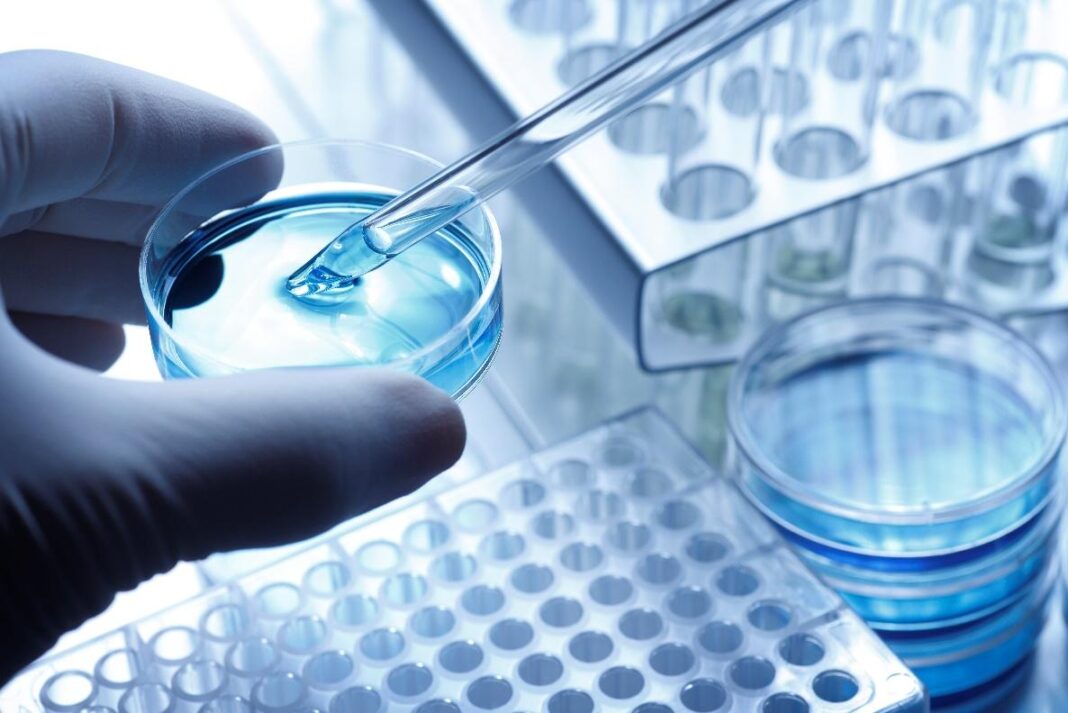Since the dawn of time, humans have always been obsessed with immortality. In recent years, news has made the rounds of billionaires pouring their billions into research on ways to cheat aging and death.
But, while the airwaves have mostly been dominated by these larger-than-life medical projects, the medical world has been recording a wave of new medical advancements in many different areas of medicine. The first quarter of the 21st century has heralded a new era for medicine, bringing humanity closer to the age of superhumans.
Millions of medical researchers across the globe are constantly probing for new medical knowledge, and the fourth industrial revolution is offering more firepower for medical advancement with technologies, like nanotech, data science, AI, robotics and telemedicine.
Terminal illnesses, like cancer and heart diseases, are no longer death sentences. Regenerative medicine now allows us to replace damaged organs with fully compatible artificial organs, and 3D printing and bionic prosthetics could mean people will no longer be condemned to the permanent loss of natural body parts. The list goes on.
Here are the seven important medical developments bound to transform healthcare in modern society.
- The complete map of the human genome
In 1990, a group of international researchers began the herculean task of deciphering the complete set of genetic information in human DNA. At the end of the project in 2003, some three billion nucleotides were mapped out in our DNA.
Since then, gene sequencing and genetic engineering have kicked into higher gear, allowing scientists to fully understand the genetic mutations responsible for over 5,000 different ailments.
- Advancement in genetic engineering
Gene editing was once the stuff of science fiction, where monstrous villains or superheroes are the spawn of rogue genetic experiments. But today, genetic engineering is being used to reverse congenital defects behind a host of diseases.
New gene-editing tools, like CRISPR, or clustered regularly interspaced short palindromic repeats, have helped researchers crack the code of genetic ailments, like cancer, Huntington’s disease, progeria, sickle cell disease and hemophilia. But while it’s still associated with many concerns, CRISPR won a Nobel Prize in 2020 and promises to pave the way for many other gene-editing applications, from genetically modified food to pest control and others.
Also, gene therapy is quickly maturing, enabling researchers to use modified stem cells to curb the production of defective cells and stimulate the production of healthy ones in the body.
- Personalized medicine
Everyone has a unique physiological and chemical composition, and this can have a huge impact on the outcome of treatments. However, it can be quite expensive to tailor unique medications and treatment plans to the exact needs of each patient.
All of that is quickly changing today, thanks to advances in precision medicine (also known as personalized medicine).
Healthcare delivery is now being increasingly personalized, with customized medications crafted based on genome mapping, as well as a keen consideration of the patient’s environment and lifestyle.
- Brain-mapping technologies
The human mind is the most complicated system in the universe, and over centuries, many tools and techniques have been invented to peer through the veil of the mind.
While many of us may picture government-sponsored mind-control programs and other freak experiments at the thought of this, mind-reading technologies are actually providing breakthroughs in how we treat and manage various illnesses.
Brain Research through Advancing Innovative Neurotechnologies (BRAIN), an NIH initiative, is equipping researchers to map the circuits involved in various brain functions, like vision, emotion, memory and executive functions. This is a huge step in treating and managing neurological ailments, such as epilepsy, schizophrenia, Alzheimer’s, Parkinson’s, etc.
Functional MRI (Magnetic Resonance Imaging), or fMRI, gives doctors a clear view of the brain’s inner workings, allowing them to see and understand the various processes occurring in the brain without the need for invasive or painful procedures.
By comparing the scans of a normal brain with a damaged one, they can pinpoint the sources of the ailment or injury and regulate related factors, such as oxygen levels, blood flow, neuronal functions, etc.,
- Regenerative medicine
Think of all the issues associated with organ transplants.
Patients often spend weeks, months or even years on a list as they wait for the right organ donor to come through.
There are no guarantees that the donated organ will be perfectly compatible and will not be rejected by the patient’s body.
And then there is the sleazy organ black market where organ harvesters use gruesome tactics to obtain and sell human organs.
Regenerative medicine could prove a game changer for all of this. Researchers have now developed numerous techniques for healing or replacing damaged organs in the body, from supercharging the body’s own repair mechanism to growing organs in the lab.
3D printing has taken firm root in laboratories, enabling people to ‘print’ various body parts in quick time.
- Treatment for heart diseases
Over the last couple of decades, deaths from heart disease have dropped by over 40%. This is all thanks to the emergence of new drugs, such as Lipitor, Creator, Mevacor, etc.
Patient care and treatment management have also improved significantly, empowering caregivers to save more lives. Advanced nursing programs are now equipping more resident nurses to help assuage heart symptoms and minimize the risks of recurrence.
For instance, programs from Baylor University online bring students abreast with cutting-edge therapies and medications for heart diseases, such as blood-clot therapies that fight blood clotting by reintroducing a lab-treated version of the patient’s own blood into the patient’s circulatory system.
- Treatment for terminal and lifetime illnesses
To wrap up our list, here’s a rundown of some notable advancements in treatments for terminal or lifetime ailments:
- A.I. is now used for making earlier and more accurate diagnoses of many types of cancers, such as skin cancer and breast cancer.
- Immunotherapy is fast-replacing chemotherapy as the common treatment for cancer. Rather than bathing the body in radiation to kill off cancerous cells, with the risk of serious side effects, the body’s immune system is now being boosted to fight off cancerous growths.
- Targeted cancer therapies now allow for cancerous cells to be precisely targeted and eliminated, as opposed to a blanket application of radiation.
- HIV drugs, like Stribild, Juluca and Dovato, are making life easier for HIV patients, helping them keep their viral loads to the barest minimum without having to take tons of different drugs. And while it’s still in development, stem-cell therapy has shown a lot of success in completely eradicating the virus.
Conclusion
There’s a host of other medical developments currently taking the world by storm, but those mentioned above have had the greatest seismic effect on healthcare so far. They promise to bring an end to many terminal illnesses and improve our quality of life, ultimately enabling us to live longer and healthier lives.















